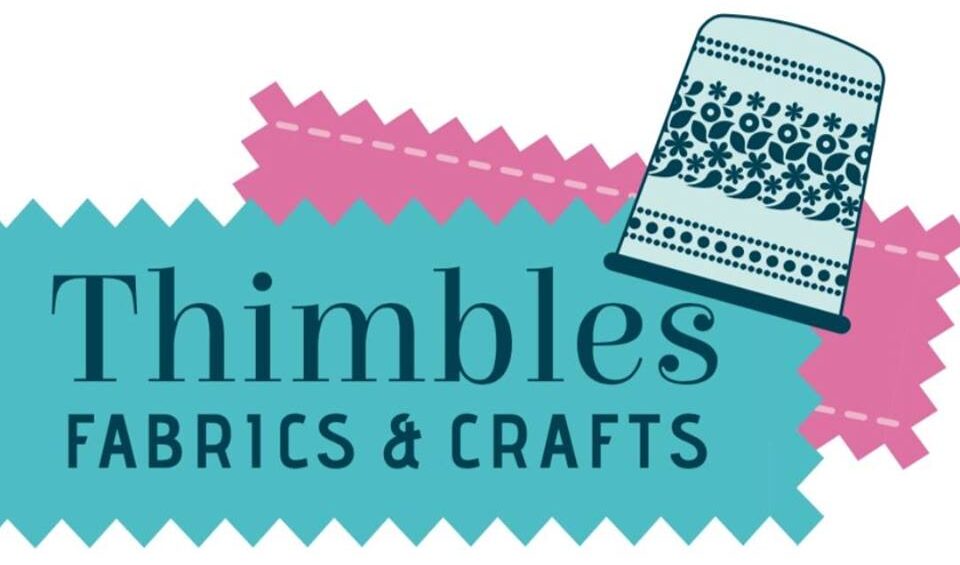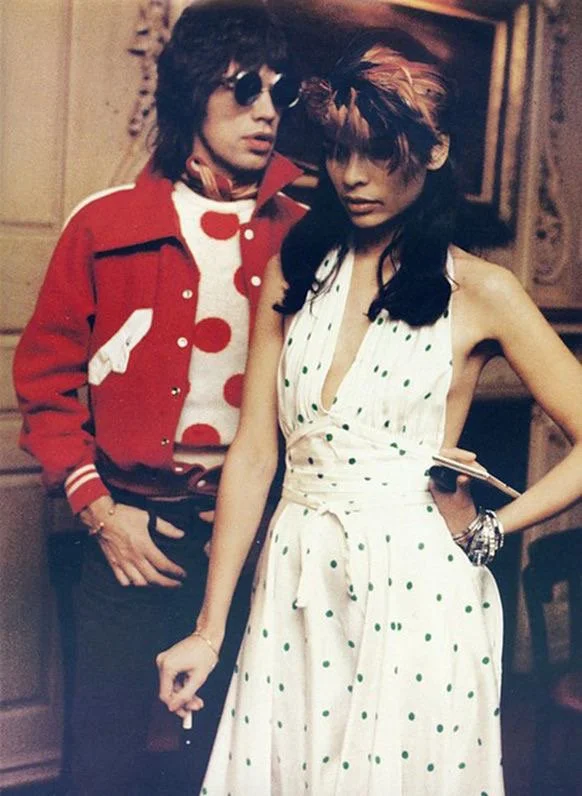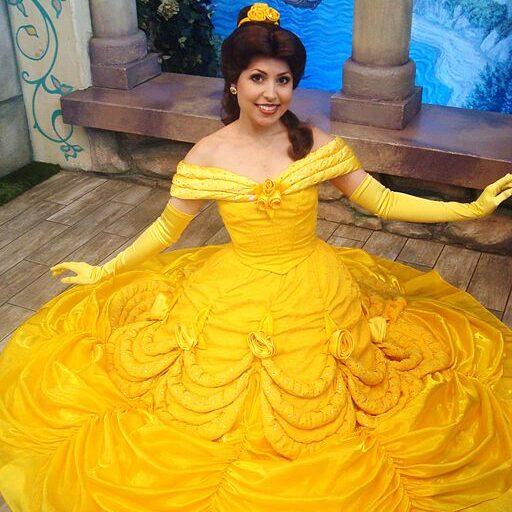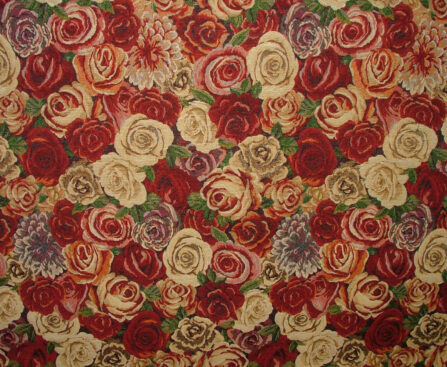In the realm of fashion, certain patterns have stood the test of time, evoking a sense of whimsy and nostalgia. One such pattern is the timeless beauty of spotted dresses. Throughout history, these dotted designs have adorned the wardrobes of influential figures, becoming a symbol of style and grace. Join us as we embark on […]
Special dressmaking magic can be a dream come true for any Disney inspired costume creation! If you need some durable and high quality materials for your dressmaking creations, consider our Glitter Fabric and Fairy Dust Cotton Back Fabrics, two enchanting materials that will transport you to a world of fairy tales and imagination. In this […]
Floral prints in fashion have evolved significantly over the past 70 years, showcasing a timeless charm that continues to captivate designers and fashion enthusiasts alike. In this article, we will take a delightful journey through the rich history of flower prints on fabrics, while also exploring the recent resurgence of floral dresses in the fashion […]



